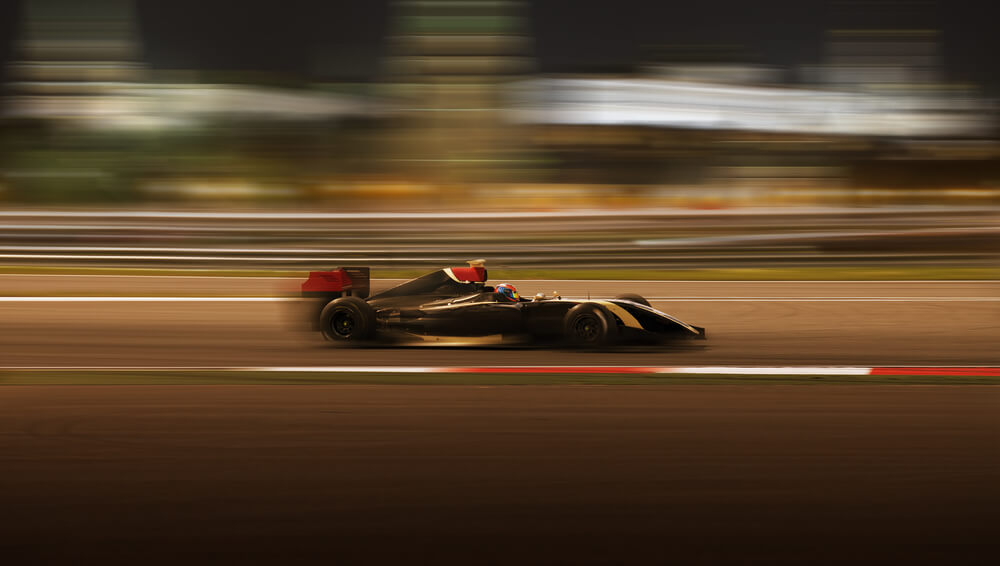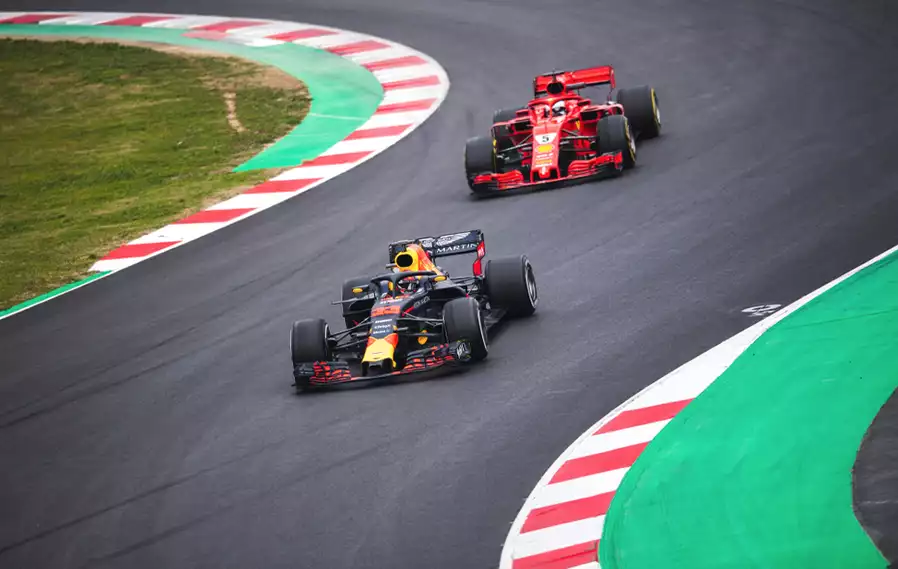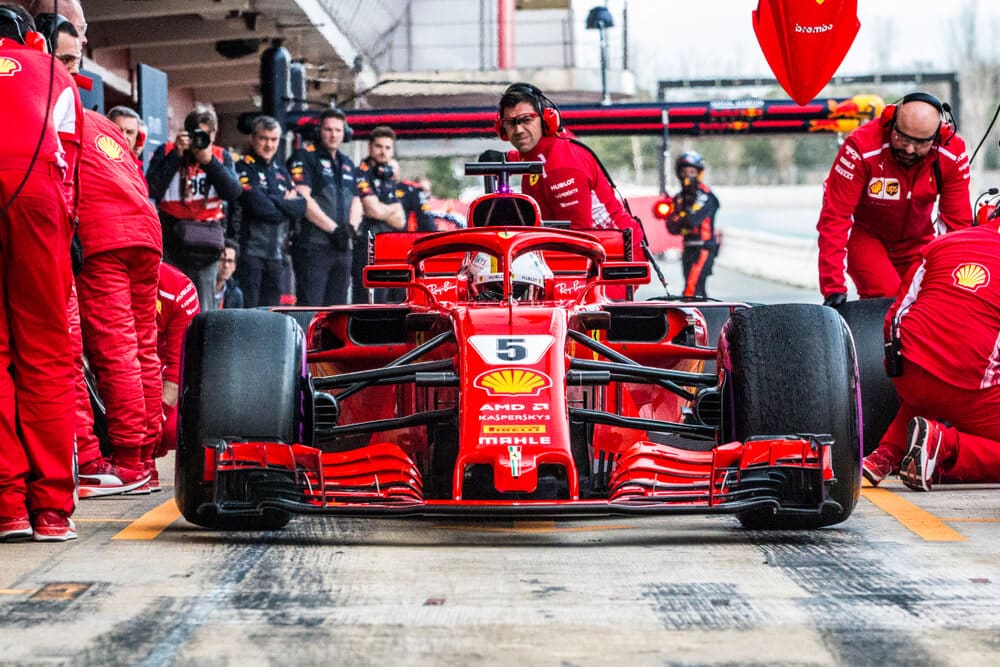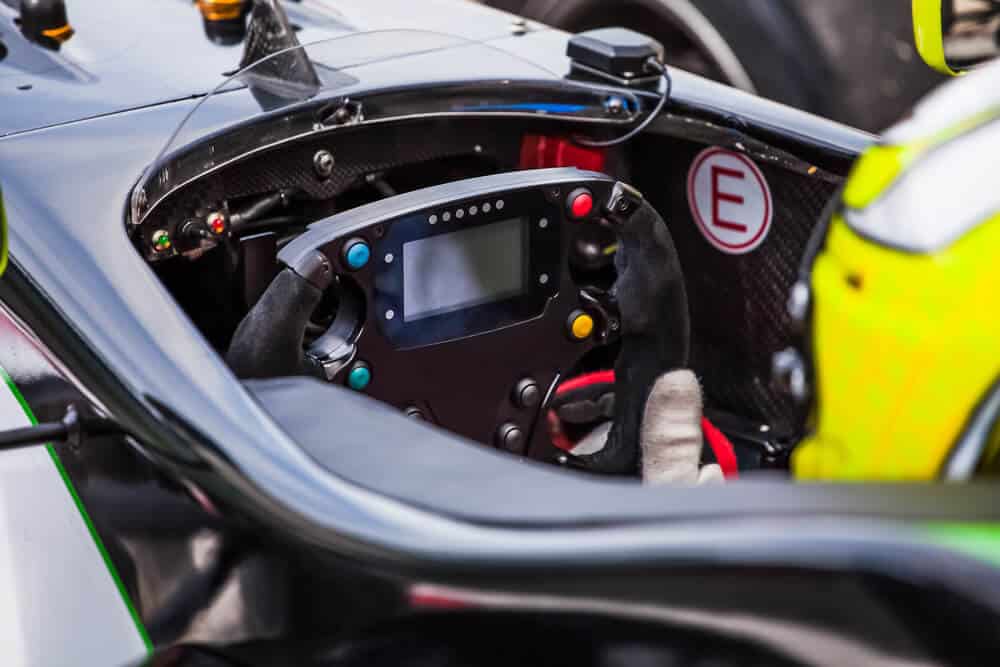Formula One is a high-speed, high-stakes world of racing that is driven by the pursuit of victory. With each lap, drivers are pushed to the limit as they navigate through the twists and turns of the circuit.
To achieve victory, it is not enough to simply be the fastest on the track. Understanding the nuances of the circuit, and breaking it down into key sections known as sectors, is the key to success in Formula One racing.
Table of Contents
Watch this video to learn more about sectors in F1.
What are Sectors in Formula One?
Sectors are the key sections of a Formula One circuit. They are used to measure the performance of drivers and their cars. These sectors divide the circuit into specific sections. Each sector with its own unique characteristics and challenges.
The sector times are measured using timing sensors that are placed at specific points on the track. This allowes teams and drivers to analyze their performance on a granular level.
Sector Analysis: Breaking Down the Track
A typical Formula One circuit can be broken down into three key sectors. Each sector has its own unique characteristics. Drivers must be able to adapt their driving style to excel in each sector.
Sector 1
Sector 1 is typically the longest sector of the circuit. It is usually characterized by long straightaways and high-speed corners. This sector requires drivers to have a high level of skill and control, as they must navigate through fast, sweeping turns while maintaining high speeds.
The most challenging corner in Sector 1 is often the first corner of the circuit. It requires drivers to brake from high speeds and take a sharp turn. Other corners in Sector 1 include the famous Eau Rouge and Raidillon corners at the Spa-Francorchamps circuit, which are some of the most challenging corners in Formula One.
Some of the drivers who excel in Sector 1 include Lewis Hamilton, Max Verstappen, and Charles Leclerc, all of whom have set impressive lap times in this sector.
Sector 2
Sector 2 is typically the shortest sector of the circuit. It is characterized by slower, more technical corners. This sector requires drivers to have a high level of precision and control, as they must navigate through tight corners and chicanes while maintaining consistent speeds.
The most challenging corner in Sector 2 is often the hairpin turn. This corner requires drivers to brake hard and take a tight turn. Other corners in Sector 2 include the chicane at the Circuit Gilles Villeneuve in Montreal, which is known for its challenging apex and exit.
Some of the drivers who excel in Sector 2 include Sebastian Vettel, Fernando Alonso, and Kimi Raikkonen, all of whom have set impressive lap times in this sector.
Sector 3
Sector 3 is typically the final sector of the circuit. It is usually characterized by a mix of high-speed corners and tight chicanes. This sector requires drivers to have a high level of skill and control, as they must navigate through fast corners while maintaining high speeds and also brake hard for the tight chicanes.
The most challenging corner in Sector 3 is often the final corner of the circuit. It usually requires drivers to carry high speeds into a tight chicane. Other corners in Sector 3 include the fast Ascari chicane at the Monza circuit and the tight chicane at the Circuit de Monaco.
Some of the drivers who excel in Sector 3 include Valtteri Bottas, Sergio Perez, and Daniel Ricciardo, all of whom have set impressive lap times in this sector.
Sector Times and Strategy
Understanding sector times is essential for optimizing race strategy in Formula One. By analyzing the sector times, teams can identify the strengths and weaknesses of their drivers and cars. Due to this knowledge teams can make adjustments to their race strategy accordingly.
If a driver for example, is consistently slower in a particular sector, the team can work with the driver to improve their performance in that section of the track. Additionally, teams can use sector times to make decisions on pit stops and tire changes during the race.
Sector times are also important in qualifying sessions, where drivers are given a certain number of laps to set their fastest time. By breaking down the circuit into sectors, teams can identify where their drivers are strongest and where they need to improve to set a faster lap time.
Also read our article: The Purple sector in Formula One

The Role of Data Analysis in Sector Performance
Data analysis plays a crucial role in understanding sector performance in Formula One. Teams use a variety of data analysis tools to monitor and analyze sector times. They also measure other important performance metrics such as tire wear, fuel consumption, and engine temperature.
One key tool used by teams is telemetry data, which allows engineers to monitor the car’s performance in real-time and make adjustments to optimize performance. Teams also use simulation tools to predict how the car will perform in different sectors of the circuit, based on factors such as weather conditions and tire choice.
Frequently Asked Questions
1. What are the sectors in Formula One?
2. How many sectors are there in a typical Formula One circuit?
3. What is the importance of sector times in Formula One?
4. How are sector times used in qualifying sessions?
Conclusion
In Formula One, success is not just about being the fastest on the track. Understanding the nuances of the circuit and breaking it down into key sections known as sectors is the key to victory. By analyzing sector times and using data analysis tools, teams can identify the strengths and weaknesses of their drivers and cars and make strategic decisions to optimize performance.
Whether it’s navigating the high-speed corners of Sector 1, or mastering the technical chicanes of Sector 2, drivers must be able to adapt their driving style to excel in each sector of the circuit. And with the constant advances in data analysis and technology, the role of sectors in Formula One is only set to become more important in the years to come.
Article sources
Learn more about Formula One
Want to learn more about F1? Then visit our Formula 1 glossary and dictionary.



